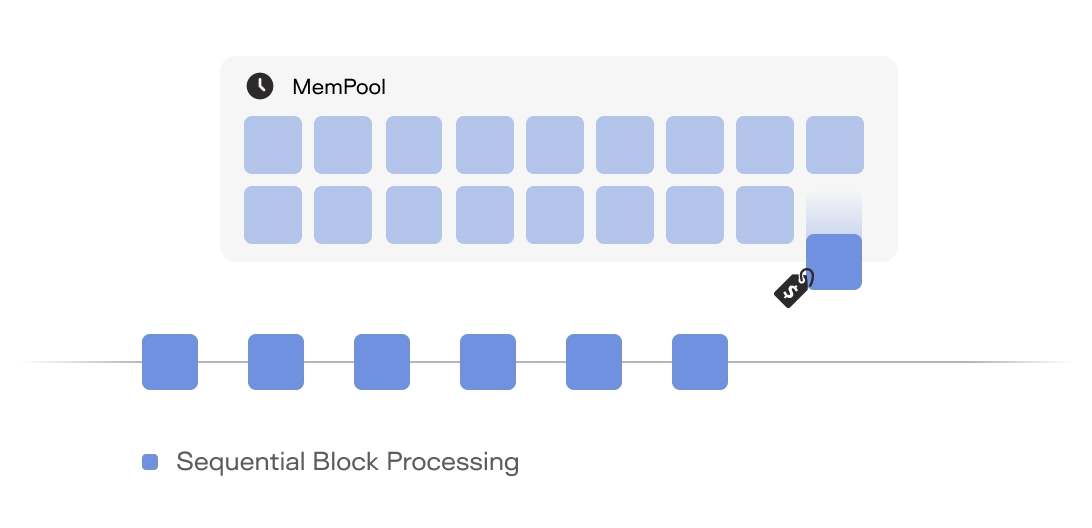Eliminating Mempools
A key feature of Keeta Network is the elimination of memory pools, or "mempools." In traditional blockchain networks, mempools serve as waiting areas for transactions before they're added to a block. This can lead to delays and increased transaction fees during periods of high network activity. Keeta's architecture bypasses this issue entirely. By leveraging the DAG structure and advanced consensus mechanism, transactions can be quickly validated and incorporated into the network without the need for a mempool intermediary. The result is fast transaction processing and significantly reduced fees.
